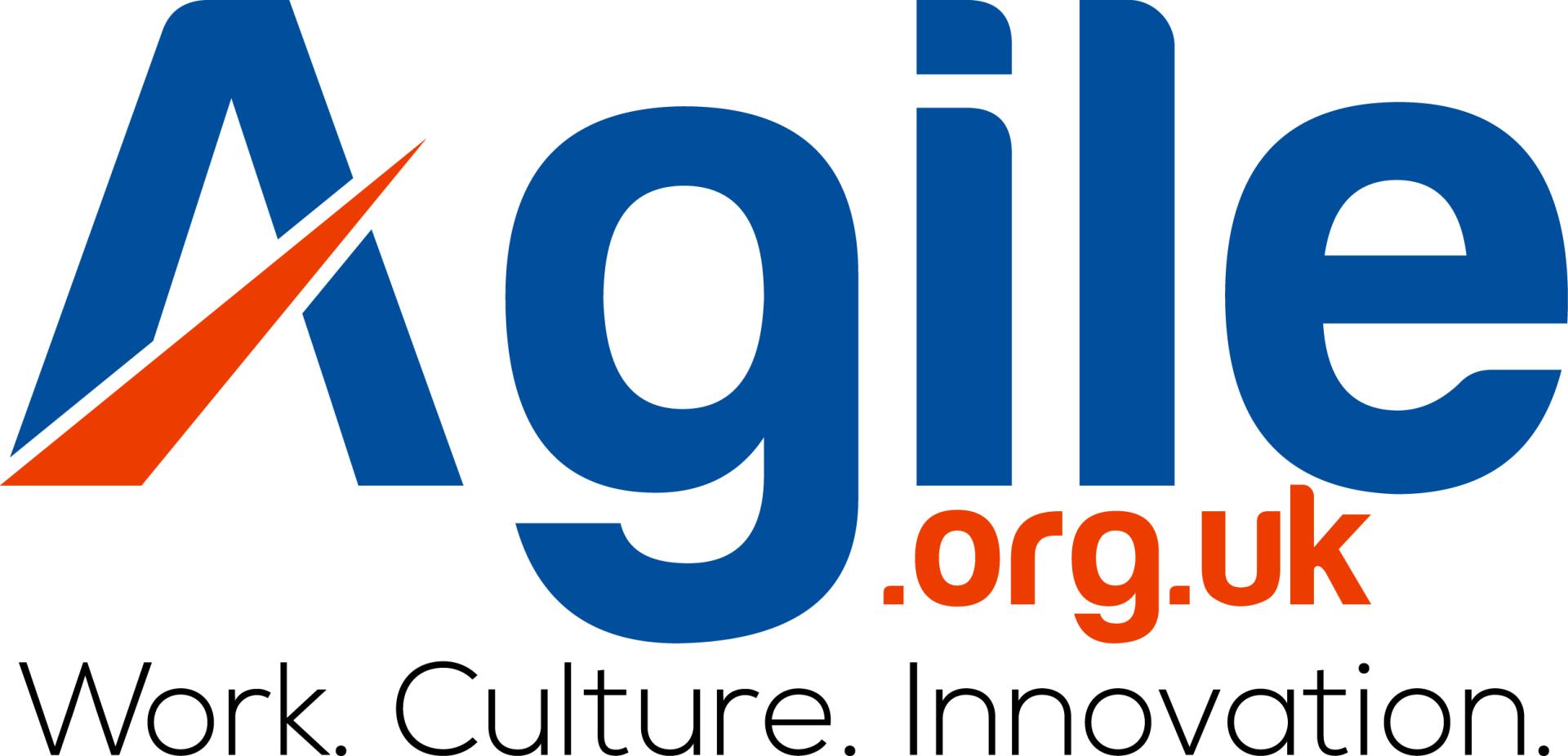Becoming an agile organisation is increasingly a commercial driver in today’s digital economy. However, for many this means the development of a new and unfamiliar operating model requiring new mindsets, skills, behaviours and culture both within the organisation and its supporting supply chain. Implementing agile is now a necessary commercial and cultural imperative for business success.
The early decades of the 21st Century have seen significant movement in business and social trends. On the back of new digital technology waves of opportunity have been sweeping into all sectors enabling the demolition of barriers to the agile world of work. As Digital McKinsey report this however is not just about technology, “successful agile transformations address every aspect of the organisation”. This is the age of Agile.
Agile in theory is a simple concept to understand and for start-ups it is easier to implement, but for existing large organisations the change and transformation required to move from the safe ground of established custom and practice to the agile world of constant challenge is often a disruptive and complex operation. However it is a journey all organisations will need to navigate. As Rupert Murdoch observes “the world is changing very fast. Big will not beat small any more. It will be the fast beating the slow.”
Some 20th Century icons have struggled with the new opportunities and lost market position with some even disappearing into history. Those that fail to change and embrace the opportunities are now being challenged and replaced by new agile organisations. The Agile Agenda and its embodiment, agile working is based on a culture that focuses on a continuing quest for developing better and different ways of doing business and ways of working. My message is: keep challenging yourself and your organisation – don’t get too comfortable.
Every organisation must strive to embed agility into their corporate DNA – not just their vision and value statements. Many are providing new tools, agile friendly environments, new processes and methodologies based on new enabling technology. But this capability is not enough – application, practice and the right mindset are key ingredients to create the magic. It is about organisations re-scripting the way they operate, working and behaving differently. It is a state of mind and a cultural enlightenment not just a new business model. Agile is both a commercial and a cultural imperative.
Too often the focus of agile is seen as a “one hit” investment providing new work infrastructure, technologies and tools to extract cost and efficiency savings. This is certainly a key objective in the current climate. However, the real benefit of surfing on waves of technology investment is the opportunity to constantly improve the way we do things and find better ways of achieving desired outcomes. As Bill Gates says “success today requires the agility and drive to constantly rethink, reinvigorate, react, and reinvent”.
Alongside technology, to be successful agile also requires investment in human capital. People are an organisations greatest asset and to nurture and develop this asset there must be a culture and mindset that frees and empowers people and teams to challenge, adapt existing ways and discover and innovate new ways of working and thinking focused on customer outcomes. Steve Jobs made the point when he said: “It doesn’t make sense to hire smart people and then tell them what to do; we hire smart people so they can tell us what to do.”
For agile organisations gone are the “drag factors” – command and control hierarchies, bureaucracies, silos, as well as the tyranny of procedures, cumbersome linear processes and unthinking risk averse traditional practices. Agile involves speed, focus, mutual trust and empowerment, questioning and testing, understanding risks, taking holistic action to continually find better ways that deliver on innovation, value and performance. But agile must also be human, valuing people, understanding fears, ambitions and embracing diversity and personal development – creating the chemistry and appeal to all the players an organisations requires to perform on the business stage.
There is no standard playbook for implementing Agile. It is not a “one size fits all” solution; rather it is an individual journey with common themes that recognise and encourage diversity. Every organisation is different, with differing issues often requiring individual approaches. Agility is not new it is already happening or struggling to break out in some form in most organisations, but to be effective it must become fully embedded in the “psyche” of the organisation and all its component parts – internal and external.
Agility is about liberation, creating the scenario that accepts and rapidly learns from failure, reacts quickly, decisively and empowers to perform differently and better. As Richard Branson tells us, “you don’t learn to walk by following rules. You learn by doing, and by falling over”. While this may be disruptive it should not be chaotic. Elements of certainty or recognised “stakes in the ground” should be present in the form of guidelines and boundaries which in some cases will encompass statutory regulations. There needs to be a core of stability around which agility can operate and flourish.
Boundaries should not however mean rigid rules which “cage” individual behaviour, stifle innovation and the ability to react to changing opportunities. Stevan Rolls, Deputy Global Talent Leader at Deloitte summarises,” people are now looking for an experience which isn’t governed by a very hard and fast set of rules….it’s very difficult to drive agility through a rigid set of processes and systems.’ Rather it should take the form of direction setting, creating trust based relationships and positive unwritten ground rules, being clear on purpose as well as risk in a way that enables individuals and teams to reach and exceed their potential to find the best ways of working and achieving outcomes.
For many organisations agile will also require change in culture and adjustments in working and management style – changes that can be challenging, painful and time consuming to develop, embrace and sustain. We must recognise this change requirement is often one of the biggest barriers to adoption, at the individual, management and Executive Team level.
People are creatures of habit. We love what we are used to and change is often something that will confront this. Not so much the actual change but the uncertainty and perceived threats that change can bring with it. We worry what will happen if and when we try something new, when and how it will evolve – more importantly how it will impact me. Therefore communication and engagement are critical success factors in creating the empathy, understanding of purpose and opportunities, involvement and ownership in change.
Humans are emotional and political creatures and react in different ways. We have differing capabilities and skills – some we do not realise we have, some that need development and some that may need re-tuning or ditching! As such changing and re-developing ways of working and culture often takes much energy and continuous attention, requiring the longest lead time in any programme. This is the piece in the jigsaw that provides the biggest payback, yet this is usually left until last and often too late!
Organisations can provide new environments, infrastructure and tools to enable and support new ways of working but without people who understand and make good use of this investment we have nothing. To get return on investment it is essential that we engage to understand what knowledge, skills and technical competences as well as the behaviours and mindset that are missing. Then ditch the outdated symbols, customs and practice, while providing the necessary elements that open minds to technical, cultural and behavioural enlightenment that will create the user knowledge, capability and confidence to operate successfully in an agile environment.
The agile journey will clearly lead to many changes. The often used term ‘change management’ is one that implies that change has to be achieved in a set way. Leading people in the desired direction is important but this should be through enlightenment rather than force-fed heavily scripted learning. Creating the environment and opportunity for self and team discovery is a better and more sustainable way to gain commitment and desired outcomes.
However successful change does need leadership. General Colin Powell views great leaders as “great simplifiers, who can cut through argument, debate, and doubt to offer a solution everybody can understand”. While the “top team” of the organisation must sponsor the change, leadership must be representative, drawing champions from influencers at all levels and parts of the organisation. Change will touch every part of the organisation in some way so we should see everyone as ambassadors and agents of change. But this will only happen if the culture creates an environment of inclusiveness, trust and empowerment freeing people and teams to maximise their performance and work outcomes.
Creating an agile working environment is one aspect but people and managers must know and understand how to develop, apply and use the new tools, settings and work behaviours. This may require development of new or refresh of existing capabilities and behaviours to create new effective ways of working. Use of stories coupled with leadership example is important in developing new organisational behaviour supported by engagement and involvement at all levels. Agile and change may not be the same for everyone but it will impact everyone so it must involve everyone in some form.
Culture is key to agile success because culture is at the heart of an organisation’s ability to adjust direction, enabling timely response to opportunities and changing service demands. Using Torben Rick’s analogy “culture is like the wind. It is invisible, yet its effect can be seen and felt. When the wind is blowing in the right direction, everything is more easy“. Indeed culture is not about prescription or policies; rather it is based on trust and responsibility with clear understanding of the boundaries of autonomy; it is unwritten, instinctive, knowing whether and when permission is necessary.
However, an agile culture doesn’t just happen. It has to be created by leadership. But not traditional command and control leadership that seeks to enforce. In an agile environment leaders set the cultural tone in the way they behave, what they say, how they act and what they value. Creating an agile culture is one that provides understanding, clarity of purpose, and autonomy in action but most importantly readily embraces change.
Change is ever present and although an agile culture will be enthusiastic for change, people can still become weary and confused if too many initiatives are tackled at once. It is important to remember that core business has to continue operating while at the same time assimilating change. In this sense an evolutionary process is often preferred. Most people react better to adjustment, finding their own best ways to adopt, adapt and innovate. However, sometimes when action and time are of the essence then “big bang” may be the only way – in which case prepare relentlessly, engage, communicate and remember change is rarely straightforward – expect the unexpected !
Making the change is not the end of the journey. Embedding and sustaining change mindset is the final step. Agile is about continuous improvement so embedding is only the end of the beginning. Nevertheless we must be mindful that agile can be fragile if the momentum of challenge and clarity of purpose fades. There is a danger that what starts as agile can in due course become “status quo”. So we must ensure we regularly re-energise and re-iterate as the agile journey is never ending.
We all know examples of organisations, like Blockbuster that got comfortable with the ‘status quo’ and failed to adapt to new market dynamics. In the 21st Century the pace of change is unrelenting and happening around us all of the time. It is our agile readiness that is the differentiator: our ability to react expeditiously, creatively and effectively to identify and grasp opportunities from this continuous change that will enable us to thrive in the age of Agile. As Steve Denning summarises “when Agile is done right, all parts of the organisation are continuously exploring how to add more value to customers. This not only creates meaning for those doing the work and delights those for whom the work is done: it results in generous returns to the organisation itself”.
An agile culture is about creating readiness, expectation and capability for continuous change. However, actions speak louder than words and ultimately culture is about the unwritten ground rules, unscripted actions and the behaviours of its people and leaders not the written corporate policies, vision and value statements or glib marketing messages. It’s not what we say it’s the way that we say it and how that translates into the feelings and mindset that it creates.
How does your business cultural DNA look under the microscope and is agile a key imperative for your organisation?
Paul Allsopp, Founder & Managing Director, The Agile Organisation
Paul is an experienced agile and workplace change consultant. During the last 2 decades he has provided strategic advice, developed agile workplace strategies and implemented agile working practice within a diverse range of organisations in the UK and Europe.














1 Comment